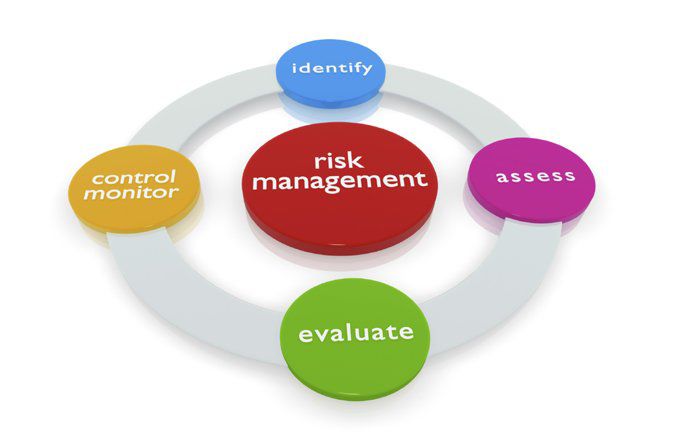High Return Investments for Individual Investors
In the realm of finance, the pursuit of High Return Investments for Individual Investors is a perennial goal for individual investors aiming to grow their wealth and secure their financial future. While high return investments often come with increased risk, strategic planning and prudent decision-making can pave the way for lucrative opportunities. In this article, we explore various avenues for high return investments tailored for individual investors. Equities: The Cornerstone of High Returns Investing in the stock market remains a cornerstone for achieving high returns over the long term. Individual investors can leverage the growth potential of publicly traded companies by carefully selecting stocks with strong fundamentals, growth prospects, and competitive advantages. Through diligent research and analysis, investors can identify undervalued stocks poised for significant appreciation, thereby unlocking high returns on their investment capital. Real Estate: Building Wealth Brick by Brick Real estate investment presents a compelling opportunity for individual investors to achieve High Return Investments for Individual Investors while diversifying their portfolio. Whether through direct property ownership, real estate investment trusts (REITs), or real estate crowdfunding platforms, investors can tap into the lucrative real estate market and benefit from capital appreciation, rental income, and tax advantages. With meticulous due diligence and strategic property selection, real estate investment can serve as a reliable source of high returns for individual investors. Alternative Investments: Exploring Unconventional Opportunities Beyond traditional asset classes, individual investors can explore alternative investments to unlock High return investments and diversify their portfolio. From peer-to-peer lending and private equity to venture capital and cryptocurrency, alternative investments offer unique avenues for growth and profit. While alternative investments may entail higher risks and require a deeper understanding of market dynamics, they can also provide attractive returns that are not correlated with traditional markets, thereby enhancing portfolio resilience and potential returns. Risk Management: Balancing Return and Risk While the allure of High Return Investments for Individual Investors is enticing, it is imperative for individual investors to prioritize risk management and capital preservation. Diversification across different asset classes, industries, and geographic regions can help mitigate risk and reduce portfolio volatility. Additionally, setting clear investment objectives, maintaining a long-term perspective, and avoiding speculative investments can contribute to a prudent risk management strategy that aligns with investors’ financial goals and risk tolerance. Staying Informed: The Key to Investment Success In the ever-evolving landscape of investment, staying informed and educated is paramount for individual investors seeking high returns. By continuously monitoring market trends, economic indicators, and geopolitical developments, investors can identify emerging opportunities and adjust their investment strategies accordingly. Moreover, seeking guidance from financial advisors, leveraging technological tools, and participating in High Return Investments for Individual Investors communities can provide valuable insights and support individual investors in their quest for high return. FAQs about High Return Investments for Individual Investors: How can individual investors mitigate risks associated with high-return investments? Individual investors can mitigate risks by diversifying their portfolio, conducting thorough research, and staying informed about market trends. What are some key factors to consider when evaluating high-return investment opportunities? Key factors include growth potential, competitive advantages, management quality, and market dynamics. Are there any tax implications associated with high-return investments? Yes, High Return Investments for Individual Investors may have tax implications such as capital gains tax and dividend tax. How important is diversification in high-return investment strategies? Diversification is crucial for mitigating risk and maximizing returns by spreading investments across different asset classes. What role does timing play in maximizing returns on high-risk investments? Timing is important, but long-term investment strategies and disciplined approaches are more critical for maximizing returns on high-risk investments. Conclusion:High return investments offer individual investors the potential to achieve significant wealth accumulation and financial success. By diversifying their portfolio, conducting thorough research, and staying informed about market trends, individual investors can unlock lucrative opportunities across various asset classes and investment vehicles. While high returns often come with increased risk, prudent risk management and disciplined investment strategies can help investors navigate volatility and capitalize on market inefficiencies for long-term wealth creation. visit our website for more information :https://themidatlanticfund.com/investment-security-for-angel-investors/
High Return Investments for Individual Investors Read More »










